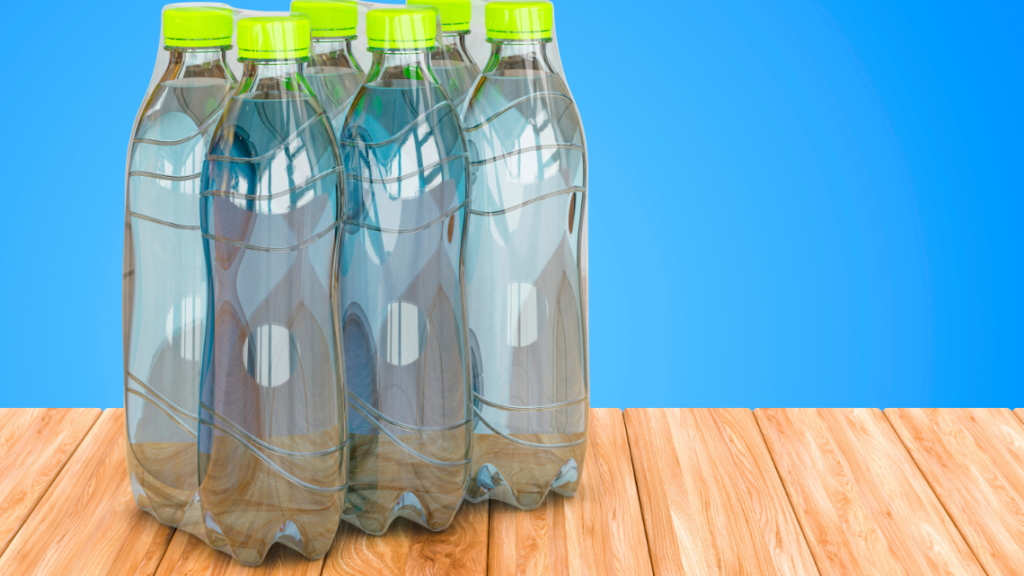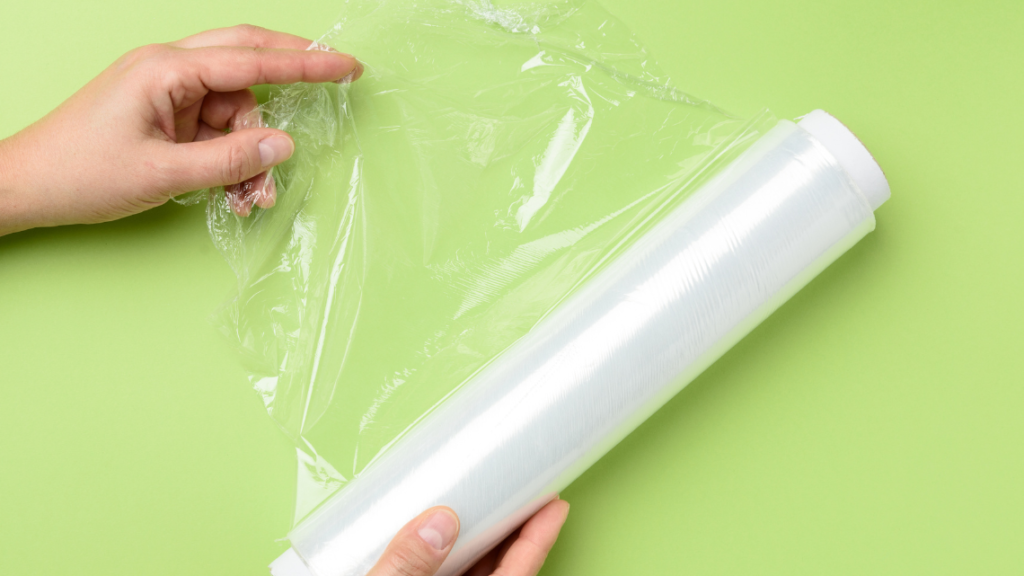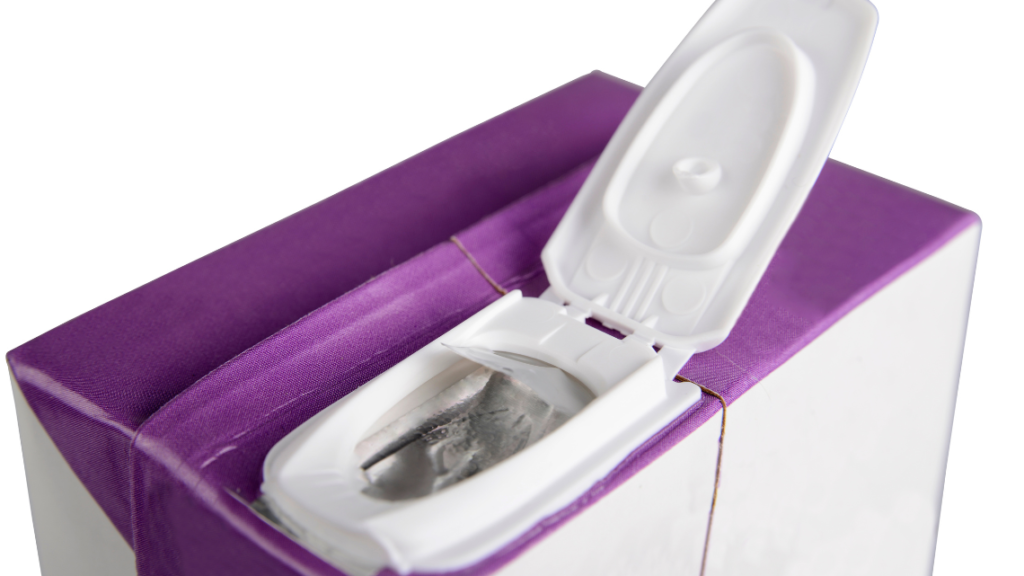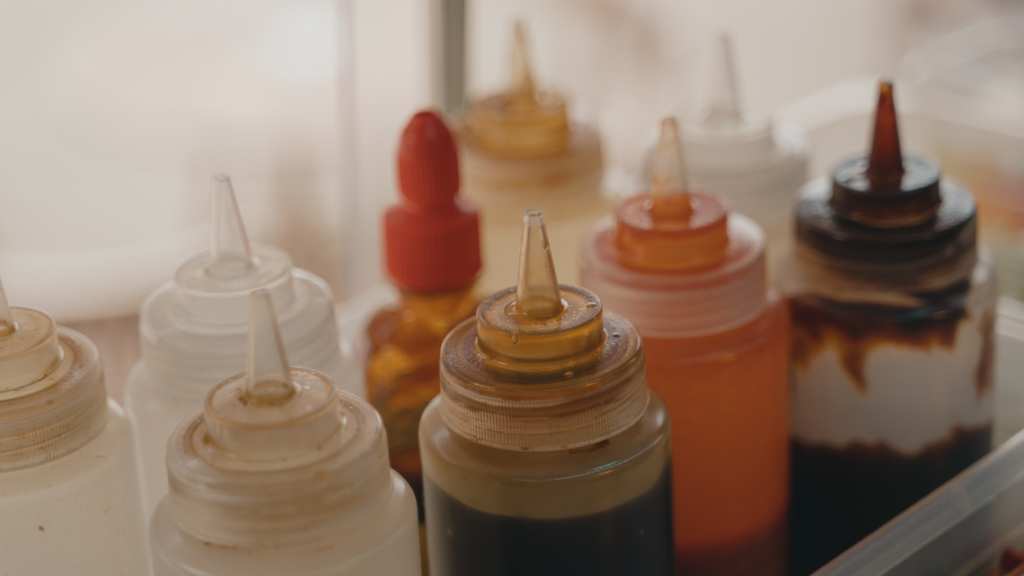Table of Contents
Low density polyethylene (LDPE) vs. high density polyethylene (HDPE) vs. polyethylene (PE)
Low density Polyethylene, LDPE, is a thermoplastic polymer made from the monomer ethylene. It is a highly branched plastic, which gives it a low density, as well as lower hardness, rigidity, and melting temperature.
LDPE was first produced in 1933 by Dr. John C. Swallow and M.W. Perrin of Imperial Chemical Industries (ICI) using a high-pressure process through free-radical polymerization. This production method requires heat and pressure and is carried out in autoclaves or tubular reactors in large batches.
Despite competition from more modern polymers, LDPE remains an important plastic. It is used in a variety of applications, including plastic containers, pipes, household items, battery casings, automotive parts, electrical components, films, packaging, insulation, and medical devices.
LDPE is popular due to its flexibility, low crystallinity, moisture resistance, and corrosion resistance. It is a transparent, odorless, and 100% recyclable polymer used in products such as food and trash bags, films, packaging, trays, six-pack rings for beverage cans, hoses, prosthetics, wash bottles, ice-cube trays, and extrusion-molded parts.
PROPERTIES | LDPE | HDPE | POLYETHYLEN |
|---|---|---|---|
| Density: | Low (0,910–0,940 g/cm3) | High (0,941–0,965 g/cm3) | 0.915–0.96 g/cm3 |
| Structure: | Branched | Linear | Branched/Linear/Cross-linked |
| Transparency: | Transparent | Opaq | Transparent/Opaq |
| Hardness: | Low | High | Low to high (depends on the polyethylene grade) |
| Flexibility: | High | Low | High to low (depends on the polyethylene grade) |
| Melting temperature: | Low (starts to melt at 105°C) | High (starts to melt at 125°C) | Different (depends on the type of polyethylene) |
| Applications: | Films, packaging, containers | Tubes, bottles, containers, closures | Various, depending on the structure |
The crystallinity of LDPE
LDPE is a highly branched polymer with low crystallinity. Its high branching imparts low density as well as lower hardness, stiffness, and melting temperature compared to other types of polyethylene.
Due to its low crystallinity, LDPE is an amorphous polymer, meaning it lacks a regular crystalline structure. Instead, it consists of an irregular arrangement of polymer chains, resulting in an amorphous, non-crystalline structure.
This low crystallinity gives LDPE its characteristic flexibility and toughness, making it suitable for applications such as films, packaging, and containers. The crystallinity of LDPE can be measured using a Differential Scanning Calorimeter (DSC), which measures the amount of heat a material absorbs or releases during a controlled temperature increase, allowing the determination of melting and softening points as well as the investigation of phase transitions.
Since LDPE has low crystallinity, it melts at lower temperatures compared to highly crystalline polymers, making it suitable for processes like injection molding and other processing techniques.

The melting point of low-density polyethylene
The melting point of LDPE falls in the range of 105 to 115°C, giving it a low density and high flexibility. The melting temperature of LDPE can be measured using a Differential Scanning Calorimeter (DSC), which measures the amount of heat a material absorbs or releases during a controlled temperature increase, allowing the determination of melting and softening points.
LDPE is a highly flexible material with unique flow properties, making it particularly suitable for applications such as shopping bags and other plastic films. A notable example is the production of shrink films.
In the manufacturing of these films, LDPE is typically heated to temperatures near its melting point, often around 110°C. In this state, the material becomes stretchable and easily moldable. Once the film is shaped as desired, it is rapidly cooled to fix its structure.
When exposed to a heat source, such as a heat gun, LDPE shrink film begins to shrink at temperatures ranging from about 90°C to 110°C. This shrinkage process creates a snug, protective packaging for goods.

The thermal stability of LDPE
Low-Density Polyethylene is thermally stable in the temperature range of -50 to 85°C and, in the absence of oxygen, up to a degree of 290°C. Beyond this point, it begins to decompose, forming lower molecular weight thermoplastic products.
At temperatures above 350°C, an increased amount of gaseous products is formed, primarily containing butene instead of ethylene. In the presence of oxygen, LDPE is less stable. The thermal stability of LDPE can be measured using a STA PT 1000 or a Chip-DSC, which can analyze the thermal properties of materials, including their decomposition behavior.
The thermal stability of LDPE allows its use in everyday applications, such as the production of cling film for preserving food, as it can withstand a wide temperature range without decomposing. LDPE cling films effectively protect food from air and moisture, extending their shelf life.
Due to the thermal properties of LDPE, this film can be safely used in the microwave without melting or decomposing, as long as it is not exposed to extreme temperatures. Additionally, it adheres easily to itself and other materials, forming an effective barrier against external influences and preserving the flavor of food.

The glass transition temperature of low-density polyethylene
The Glass Transition Temperature (Tg) of LDPE is approximately -100 degrees Celsius. Below this temperature, LDPE is in a hard and rigid state.
Above the Tg, LDPE becomes soft and rubbery. The Glass Transition Temperature is an important parameter that influences the mechanical properties and processability of LDPE.
The Tg can be measured using various methods, including Thermomechanical Analysis (TMA) and Dynamic Differential Scanning Calorimetry (DSC).
A DIL L75 or TMA can be used to measure mechanical properties such as the strength and formability of the material. The Tg is a critical parameter that determines the processability and potential applications of LDPE.
Various types of LDPE
Various types of LDPE, differing in molecular weight and branching, result in products with different physical properties and applications.
Here are some specific examples of LDPE products and an explanation of their special properties:
Shopping Bags:
- Shopping bags made from LDPE are ubiquitous in supermarkets and stores. They offer a good combination of strength and flexibility, allowing them to securely carry a variety of items. Their flexibility, attributed to the low density and glass transition temperature of LDPE, makes it easy to fold and store them. Additionally, they are typically tear-resistant, thanks to the tensile strength of the used LDPE.

Toys:
- Many children’s toys, especially those requiring some degree of flexibility, such as bath toys or balls, are made from LDPE. The chemical resistance of LDPE ensures that these toys are not easily damaged by contact with water or saliva. Additionally, they benefit from the softness and flexibility of LDPE, reducing the risk of injuries.

Cable Coverings:
- LDPE is often used for insulating electrical cables, primarily due to its electrical insulation properties. The LDPE covering protects the inner conductors from physical damage and prevents short circuits. Since LDPE is also flexible, the cables can be easily bent and installed without the material tearing or deforming.

LDPE Coatings:
- Used for coated paper milk cartons and hot and cold beverage cups.

LDPE Bottles:
- Used for some squeeze bottles (honey, mustard), food containers, and container lids.
